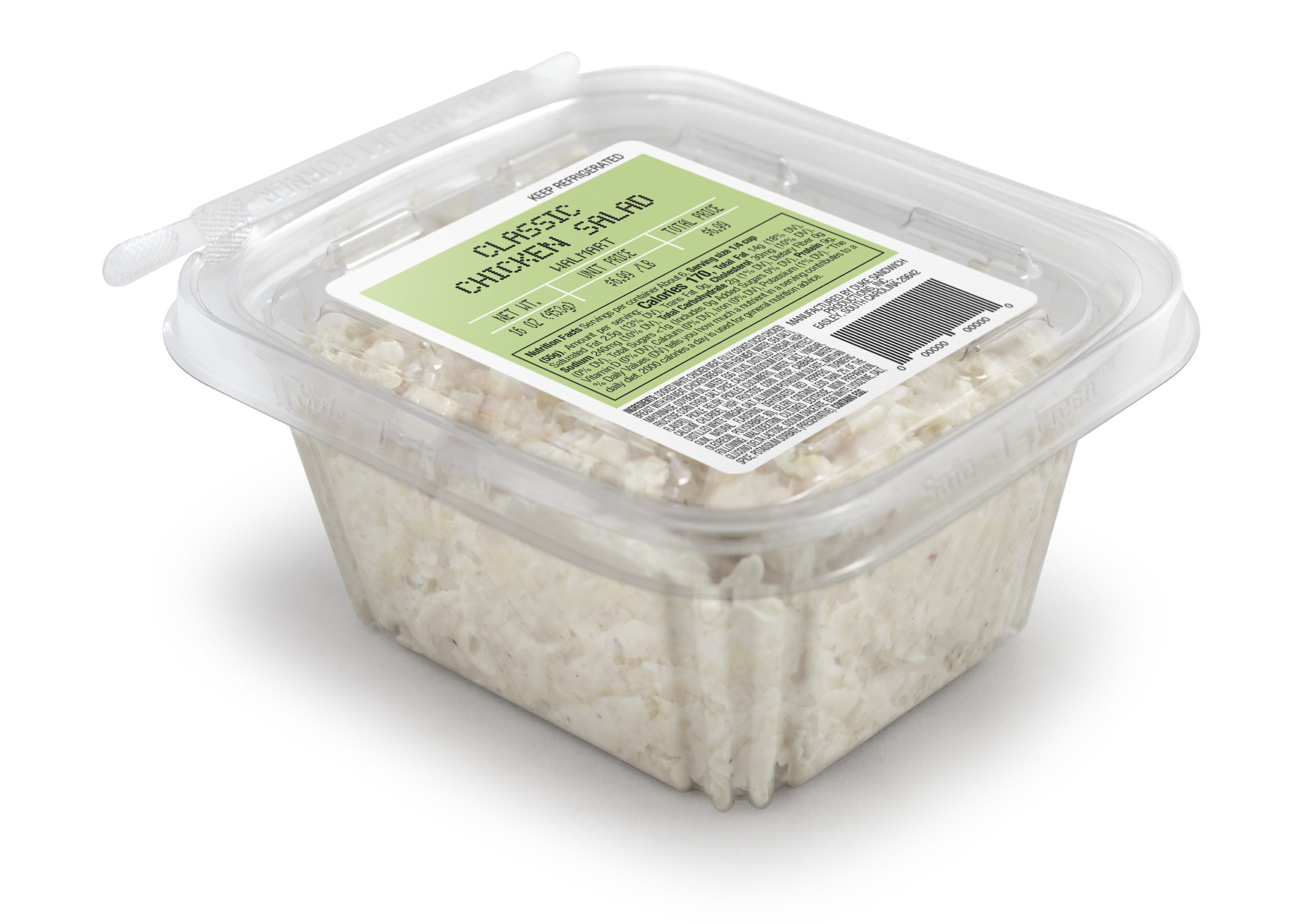
How do you feel about seeing other people touch your food? 2020 has changed the way we shop, the way we get food, and the way grocery customers think. COVID-19 has forced companies and individuals alike to think outside the box. The events of the pandemic have also changed how customers shop, largely impacting grocery stores
The deli has long been a place of delicious creations and tasty innovations, as well as household staples for everyday lunches, parties and snacks. While hand-packed deli items were once seen as a premium fresh offering, they are now seen under a lens of potential contamination due to the handling process. One Datassential report states that consumers ‘will look to suppliers for solutions that will improve sanitation and safety (or simply provide the appearance of safety, since many existing practices were not visible to consumers either back-of-the-house or during off-hours prep).’ Another Datassential Report claims that 38% of ‘people are most freaked out about touching shared objects.’ Customers are seeking the highest safety and want the products they buy to meet their standards.
One solution we’re seeing deli departments migrate to is taking the prep work out of the service deli into a manufacturing environment. Customers want to know less hands have touched their food, without losing the signature “back of the house” look and feel. This appeals to those shopping for fresh items keeping the highest standards of safety at the top of their list.
What we’re seeing pop up in the market is “back of the house” alternatives that provide the consumer with consistency in weight, fill, product composition and freshness. The right package design can even maintain the look of variable weight pricing with the peace of mind that every store will get a consistent product. Building consistency across products will also help build brand trust for the deli, bringing in customers who want your product in their homes.
Because shoppers are having to put more planning into each trip, 73% of shoppers are also making less trips to the grocery store (according to C+R Research). Because of this, quickly perishable items appeal less to consumers. By taking hand-packed deli items to a pre-packed PET container, items that have a 7-day shelf life can be extended to 30, 45, and even 60 days on the shelf, giving customers longer enjoyment of the product and reducing spoilage costs.
Not only will this process increase savings on spoilage and reduced swell, but moving items out of the service deli and into manufacturing with a partner can save valuable time and reduce the cost of labor and overhead.
While the effects of COVID have been devastating, the service deli has a unique opportunity to use this time to gain the trust of consumers by making their safety your number one priority. Now is the time to give customers peace of mind, and consistent, longer-lasting products, all while reducing costs to keep their favorite deli up and running.
